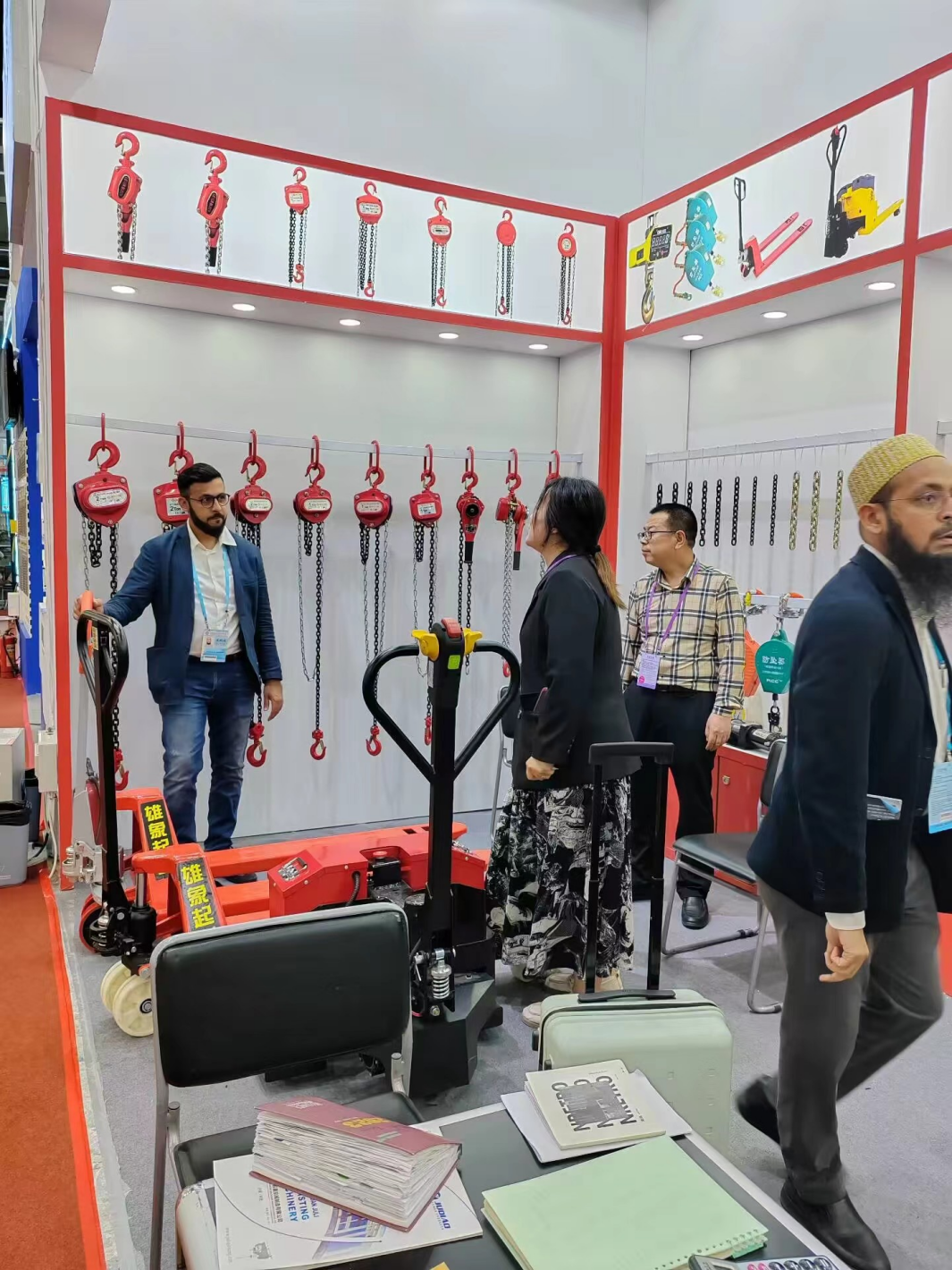


Fall Protection Design Ensuring Safety in High-Risk Work Environments
Fall protection design is a critical aspect of occupational safety, particularly in industries where employees are exposed to elevated work surfaces. Whether in construction, maintenance, or any other field that requires working at heights, effective fall protection systems are essential to prevent accidents and injuries. This article explores the principles of fall protection design, the various systems available, and their importance in safeguarding workers' lives.
Understanding Fall Protection
Falls are among the leading causes of workplace injuries and fatalities. According to the Occupational Safety and Health Administration (OSHA), falls accounted for a significant percentage of all construction-related deaths. Therefore, a proactive approach to fall protection is not just a regulatory requirement; it is a moral obligation to ensure worker safety. Fall protection encompasses a variety of systems, strategies, and measures implemented to protect employees working at heights, including guardrails, safety nets, and personal fall arrest systems.
Key Principles of Fall Protection Design
Effective fall protection design is based on several key principles. The first is the hierarchy of controls, which emphasizes the importance of eliminating hazards whenever possible. This could involve redesigning a task to avoid working at heights altogether. When elimination isn’t feasible, protection measures should be implemented in the following order engineering controls, administrative controls, and personal protective equipment (PPE).
1. Elimination and Substitution Whenever possible, replace the need for working at heights with alternative methods or tools that reduce risk.
2. Engineering Controls This involves designing the workspace to include features such as guardrails, which can prevent falls from elevated surfaces. The structural integrity of these systems must be rigorously tested and comply with relevant safety standards.
3. Administrative Controls Implementing policies and training programs can educate workers about proper safety practices. Regular inspections and maintenance of equipment are also crucial components of effective fall protection.
4. Personal Protective Equipment In situations where other controls cannot fully mitigate risk, personal fall arrest systems, harnesses, and lanyards can provide vital protection.

Types of Fall Protection Systems
Several types of fall protection systems are commonly employed in various industries
- Guardrails These are permanent barriers installed around the edges of elevated surfaces. They provide a physical barrier that prevents accidental falls.
- Safety Nets Used in construction and maintenance, safety nets catch workers in the event of a fall. They are particularly useful for tasks conducted at significant heights.
- Personal Fall Arrest Systems (PFAS) These systems protect individual workers and consist of a harness, connecting lanyard, and anchorage points. PFAS are essential for jobs like roofing and window washing, where workers are frequently exposed to fall hazards.
The Importance of Training and Implementation
Regardless of the fall protection systems in place, comprehensive training is crucial. Workers must be equipped with the knowledge and skills to use fall protection equipment effectively. Training programs should cover topics such as proper use of equipment, hazard identification, and emergency procedures.
Additionally, regular inspections and maintenance of fall protection systems are necessary to ensure their effectiveness. Employers should establish a routine to evaluate and test all safety equipment and procedures, adapting them as necessary based on feedback and incident reports.
Conclusion
Fall protection design is a vital component of workplace safety strategies. By understanding the principles of fall protection, implementing effective systems, and prioritizing training, employers can significantly reduce the risk of falls and create a safer environment for their workers. As industries continue to evolve and present new challenges, a commitment to fall protection will be essential in safeguarding those who work at heights, ultimately leading to a healthier, more secure workforce.



